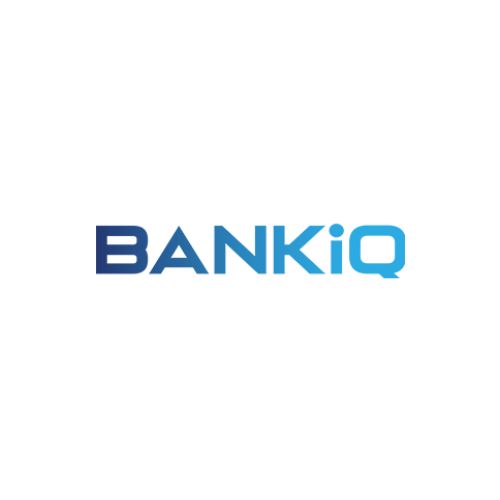Fraud and Risk Management Strategies for Cross-Border Transactions

In today’s interconnected world, cross-border transactions are the backbone of global commerce. As businesses expand internationally, they open new avenues for growth but also expose themselves to increased risks of fraud and financial loss. Effective fraud and risk management strategies are essential to safeguard transactions and ensure seamless operations. This blog explores critical strategies for managing fraud risks in cross-border transactions, emphasizing the role of advanced fraud detection technologies.
The Growing Challenge of Cross-Border Fraud
Cross-border transactions come with unique challenges, such as varying regulations, multiple currencies, and a lack of standardized fraud prevention measures. Fraudsters often exploit these complexities to execute schemes like identity theft, money laundering, and fake invoicing.
To address these threats, businesses must adopt robust fraud detection and prevention frameworks that can identify vulnerabilities in real time.
Key Fraud and Risk Management Strategies
1. Implement Advanced Fraud Detection Tools
Modern fraud detection relies heavily on AI and machine learning. These tools analyze transaction patterns, flag anomalies, and identify suspicious activities before they escalate. For instance, real-time monitoring systems can detect irregular transaction volumes, mismatched locations, or unverified beneficiaries in seconds.
Tip: Combine machine learning algorithms with human expertise for a holistic fraud detection approach.
2. Emphasize Know Your Customer (KYC) and Customer Due Diligence (CDD)
Understanding your customer’s identity and financial behavior is crucial in combating fraud. Robust KYC and CDD measures ensure that every participant in a transaction is verified, reducing the likelihood of fraudulent activities.
Example: Cross-referencing a customer’s information against global databases can expose potential risks, such as previous fraudulent activity or links to sanctioned entities.
3. Leverage Multi-Factor Authentication (MFA)
Adding layers of security through MFA reduces unauthorized access to accounts. By requiring multiple forms of verification, businesses can significantly decrease the risk of account takeovers or unauthorized transactions.
4. Monitor Cross-Border Regulations
Compliance with international regulations is non-negotiable for cross-border transactions. Familiarity with anti-money laundering (AML) laws, data protection rules, and tax regulations in each country ensures that businesses operate within legal boundaries.
Did you know? Non-compliance can lead to hefty fines and reputational damage, making it a critical aspect of fraud and risk management.
5. Adopt Blockchain Technology
Blockchain’s transparency and immutability offer a secure platform for cross-border transactions. By leveraging blockchain, businesses can reduce the risk of document tampering, false invoicing, and payment delays.
Industry Insights: Success in Cross-Border Fraud Prevention
Companies leading in cross-border commerce rely on predictive analytics and real-time alerts for effective fraud detection. For example, e-commerce platforms and fintech companies use transaction scoring systems to evaluate the risk level of each transaction, ensuring safer and faster payment processing.
Future of Cross-Border Fraud and Risk Management
As technology evolves, so do the tactics of fraudsters. Businesses must stay ahead by continuously updating their fraud and risk management frameworks. Innovations in behavioral analytics, biometric authentication, and decentralized finance (DeFi) are shaping the future of secure cross-border transactions.
Conclusion
Cross-border transactions fuel global trade but require vigilant fraud and risk management strategies to thrive. By leveraging advanced fraud detection tools, adhering to regulations, and adopting emerging technologies, businesses can protect themselves from financial losses and reputational harm.
If your organization is navigating the complexities of cross-border fraud prevention, start implementing these strategies today to safeguard your operations.

